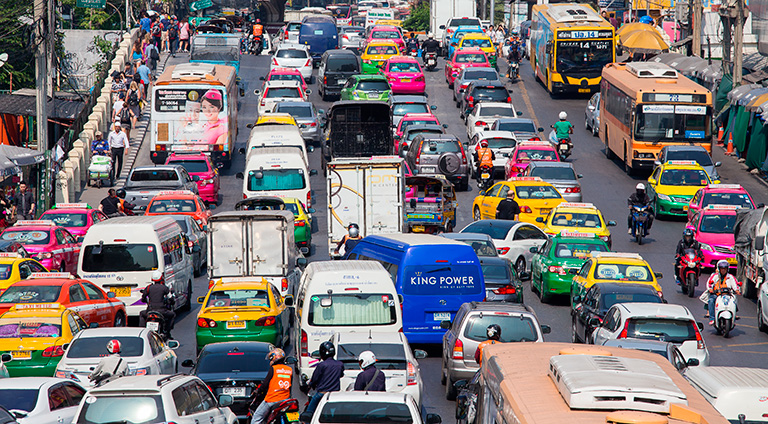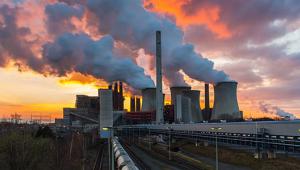Traffic-jam,-Bangkok-shutterstock_278669981.jpg

Traffic jam in Bangkok, Thailand
A 2009 study by the ADB found that the effects of climate change could reduce the region’s gross domestic product by 7% annually, but updated research published today found the impact may be as high as 11% a year by 2100.
ADB chief economist Shang-Jin Wei said the economic costs of not reducing greenhouse gas emissions were severe, but action to reduce emissions and stabilise the environment will produce benefits that would outweigh the costs of action in the long run.
The study, Southeast Asia and the Economics of Global Climate Stabilisation, was released during global climate talks in Paris, where ministers from around the world are currently trying to strike a deal on the global approach to climate change.
The ADB report focused on the region’s five largest economies, which account for 90% of the emissions. It found that the net benefits of stabilising the climate would be between five to 11 times the net costs.
It assessed the direct benefits from mitigating climate change, such as improved crop yields, as well as the effects of improved air quality and transportation which would come as a result of measures to reduce emissions.
Such measures were also found to cost less as a share of GDP than the region’s spending on energy policies such as fossil fuel subsidies.
Sharply reducing deforestation, which accounts for the majority of Southeast Asia’s current emissions, represents the lowest cost opportunity for reduction and could generate half of the cumulative regional mitigation through the mid-2030s, the report said.
The region must also step up efforts on energy efficiency with technologies to reduce and improve power use. Without changing existing energy use patterns, including the fast spreading use of coal and oil, emissions are likely to be 60% higher in 2050 than in 2010, the examination warned.













